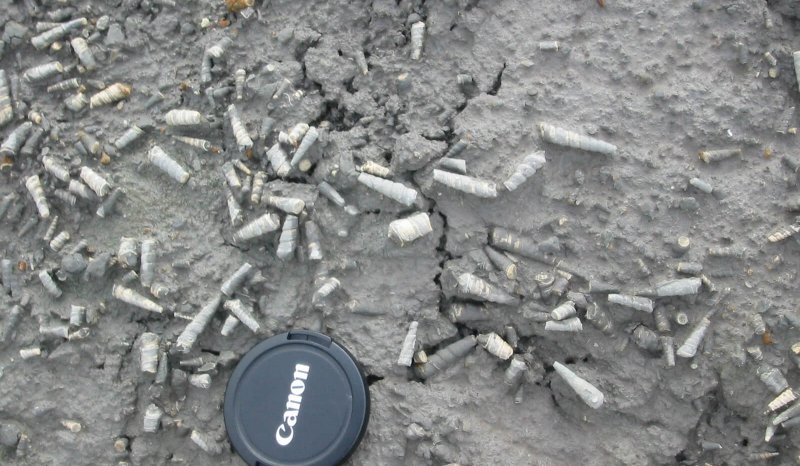Tremp-Graus Basin, Pyrenees, NE Spain
Field Seminar to examine a seismic scale piggy back basin fill succession in the Pyrenees
Objectives
The aims of this field seminar are to:
-
study an Upper Cretaceous basin-fill including the spectacular Aren sandstones coastal offlap
-
observe a wide variety of predominantly clastic facies types representing a platform-to-basin transect
-
characterise the different facies associations in terms of geometries, sedimentary features and faunal content
-
observe environmental facies relationships in the basin
-
study the context and architecture of clastic reservoirs and their relationship with potential source rocks and seals
-
observe seismic-scale features in the field and their sequence stratigraphic interpretation
-
examine the structure of basement involved thrust sheets
-
examine the structure of the Upper Thrust Sheet involving a Mesozoic succession
-
examine the inversion structure of the Boixols Thrust front and the geometry of Late Paleogene synorogenic conglomerates
Who Should Attend
This seminar will be of interest to geoscientists wanting to gain an understanding of the principals of carbonate sequence stratigraphy. It is particularly appropriate to geoscientist involved in the development of analogue carbonate reservoirs.
Geological Setting
The Tremp-Graus Basin is situated in northeastern Spain in the foothills of the Pyrenees Mountains. The basin is located to the south of the main range of the Pyrenees and north of the Subpyrenaican Folds.
The Tremp-Graus Basin is a foreland piggy-back basin. Its actual structure resulted as an E-W oriented syncline area between the Boixols and Montsec Thrusts (two of the main structural features of the Pyrenees).
Syntectonic sedimentation began in the Tremp-Graus Basin in Upper Cretaceous times and continued into the Oligocene / Miocene. It formed an E-W elongate basin which was open to the west and closed to the east. Sediments were supplied to the basin from the north, east and to a lesser extent from the south. The northern sediment supply principally sourced from the Pyrenees, became more important over time as the thrust sheets became more proximal to the basin. The emerging Boixols thrust locally supplied alluvial fans during the Maastrichtian.
Within the Tremp-Graus basin there is an overall E-W transition from continental / deltaic sediments in the east to slope mudstones (thin-bedded turbidite wedges) and proximal turbidites (channel-fills and proximal lobes) to distal turbidites (distal lobes and basin-plain deposits) in the west. Strongly subsiding troughs to the west of the Tremp-Graus Basin (Jaca Basin) were filled by turbiditic sequences mainly sourced from fluvio-deltaic feeder systems in the Tremp-Graus Basin.
Course Format
This field workshop does not follow the usual "show and tell" format. Participants are required to make their own observations and sequence stratigraphic interpretations based on a limited dataset, poor biostratigraphic constraint and indifferent exposure (i.e. a real life situation!). Participants are encouraged to consider this as an exercise in building a sequence stratigraphic model on a field development scale, with the isolated outcrops equivalent to cored well sections, and the published literature corresponding to contractor's reports of variable vintage and quality. Only a few regional 2D seismic lines and gravity profiles are available, and wireline logs are non-existent. Participants are provided with a detailed field guide, which presents relevant datasets and a geological overview of the area.
Course Details
-
Duration: 3-5 days
-
Proposed dates: to be arranged
-
Cost: By quotation, includes instruction, accommodation and a comprehensive field manual.
-
Clothing: Participants should be equipped with stout walking boots and waterproofs. Hard-hats, Hi-Vis waistcoats and goggles will be available.
-
Insurance: Participants should ensure that their employers liability insurance cover (including medical insurance) is in order, particularly for personal accident and loss or damage of equipment, as Oolithica Geoscience Ltd cannot accept responsibility for claims arising from this or any other field seminar.
-
Attendance Limit: minimum 7, maximum 15 participants







